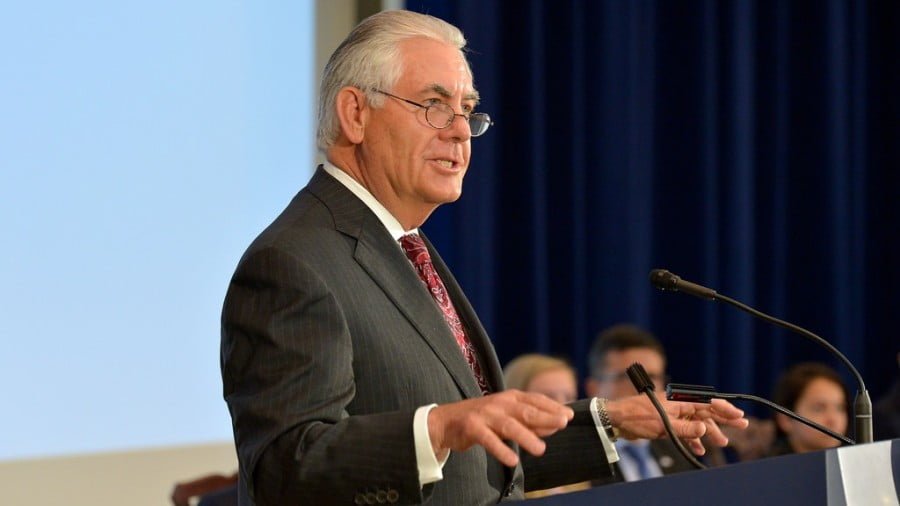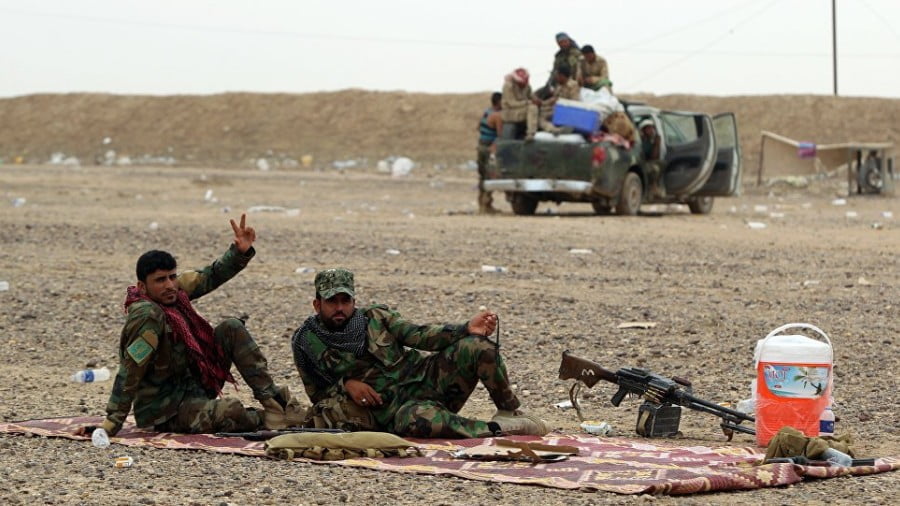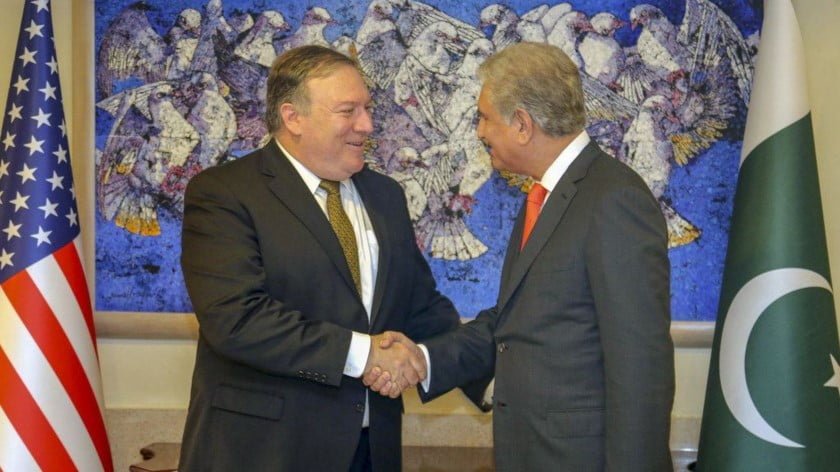Tillerson Out, Pompeo In: Where Are We in the US Foreign Policy?
The time is right to take stock of where we are in the US foreign policy. Rumors about State Secretary Tillerson being at odds with President Trump had been swirling since last October but nothing had portended his dismissal on March 13. It was the most unusual way of firing the fourth most important official in the presidential line of succession by using Twitter to inform the public about the president’s decision! Donald Trump did not tell Rex Tillerson personally about it. With his rocky tenure in Foggy Bottom over, the dumped secretary of state will be replaced by CIA Director Mike Pompeo. Gina Haspel will become the first female to head the CIA.
A coincidence or not, but the firing took place right after the former secretary publicly slammed Russia as an “irresponsible force of instability in the world”, suggesting that Moscow was behind the poisoning of an ex-spy in the UK. The statement had been made before the White House could come up with a statement of its own. Its spokeswoman Sarah Sanders did not point the finger at Moscow as many had expected her to do. Mr. Tillerson made his remark on board an airplane flying from Nigeria. Naturally, he couldn’t go into details to study the issue thoroughly but it did not prevent him from saying that the poisoning turned out to be the work of Russia’s government and “this is a pretty serious action,” as he put it. The former secretary did not reject a dialogue with Moscow but he didn’t do much to promote it. Tillerson paid little attention to the problem of arms control – the burning issue to be addressed urgently and in a very serious way.
From the very beginning, Tillerson has been under fire for his stewardship of Foggy Bottom. He did not run it as an efficient manager and failed to hit it up with career staff. Seasoned diplomats were quitting with morale hitting rock-bottom. Many key positions are still not filled. His legacy is for his chosen successor.
Mr. Tillerson was often overshadowed by other people influencing the president’s decisions. When it came to crucial issues, he was quite often eclipsed by Nikki Hailey, US Ambassador to the UN. For instance, last April he made quite a splash by saying Washington could do with Syrian President Assad remaining in power. The UN ambassador said something very much different and then the military delivered a missile strike against Syria’s government forces. Last June, he wanted the Persian Gulf states to make peace with Qatar. After his appeasing remarks, President Trump openly came out in support of Riyadh’s tough stance on Doha.
Tillerson and Trump did not see eye to eye on N. Korea. The president wants a new foreign policy team in place before he starts talks with Pyongyang. Donald Trump and his top diplomat disagreed on Iran. Unlike the president, Rex Tillerson advocated for maintaining the 2015 nuclear deal in force and seeking ways to find a diplomatic solution.
Will US foreign policy go through major changes with Mike Pompeo at the helm? The replacement presages a dramatic change. A former congressman from the Tea Party, the current head of CIA would likely sit well with many Republicans he worked in Congress with. Pompeo spends much time in the White House. Politico reported that he even set up a temporary office in the Eisenhower Executive Office Building across the street. Rampant anti-Russia, anti-Iran, and anti-North Korea hawk, Mike Pompeo is expected to be tough on key foreign policy issues. With him holding reins in State Department, the Iran nuclear deal has a slim chance to survive in its current form.
The presidential nominee is sure that Russia meddled into US 2016 presidential election. But that is the only issue related to Russia he differs with the president on. Actively opposing Iran and Russia at the same time could be too much.
It’s very important to note here that nobody else but Pompeo, known as a hard-line pugnacious Republican hawk, met the three Russian intelligence chiefs, including Sergey Naryshkin, the head of Russia’s Foreign Intelligence Service (SVR), who came to Washington in a surprise visit in late January. Nothing like this had ever happened in the history of bilateral relationship. Mike Pompeo got the president’s blessing to organize the event and was the one Donald Trump trusted to represent the US side during the long talks behind the scenes. No doubt, Pompeo played the key part in the attempt to repair the US-Russia relationship – something President Trump has called many times for.
It’s noteworthy that the decision to replace the state secretary coincided with the news that the Republicans on the House Intelligence Committee reached a conclusion that there is no evidence to support the claim that Russia backed President Trump during the 2016 election. The year-long investigation is closed. Good news for President Trump, giving him more wiggle room on his Russia policy. As Pompeo is expected to pass easily the Senate confirmation procedure, it won’t take long to see him in action.







